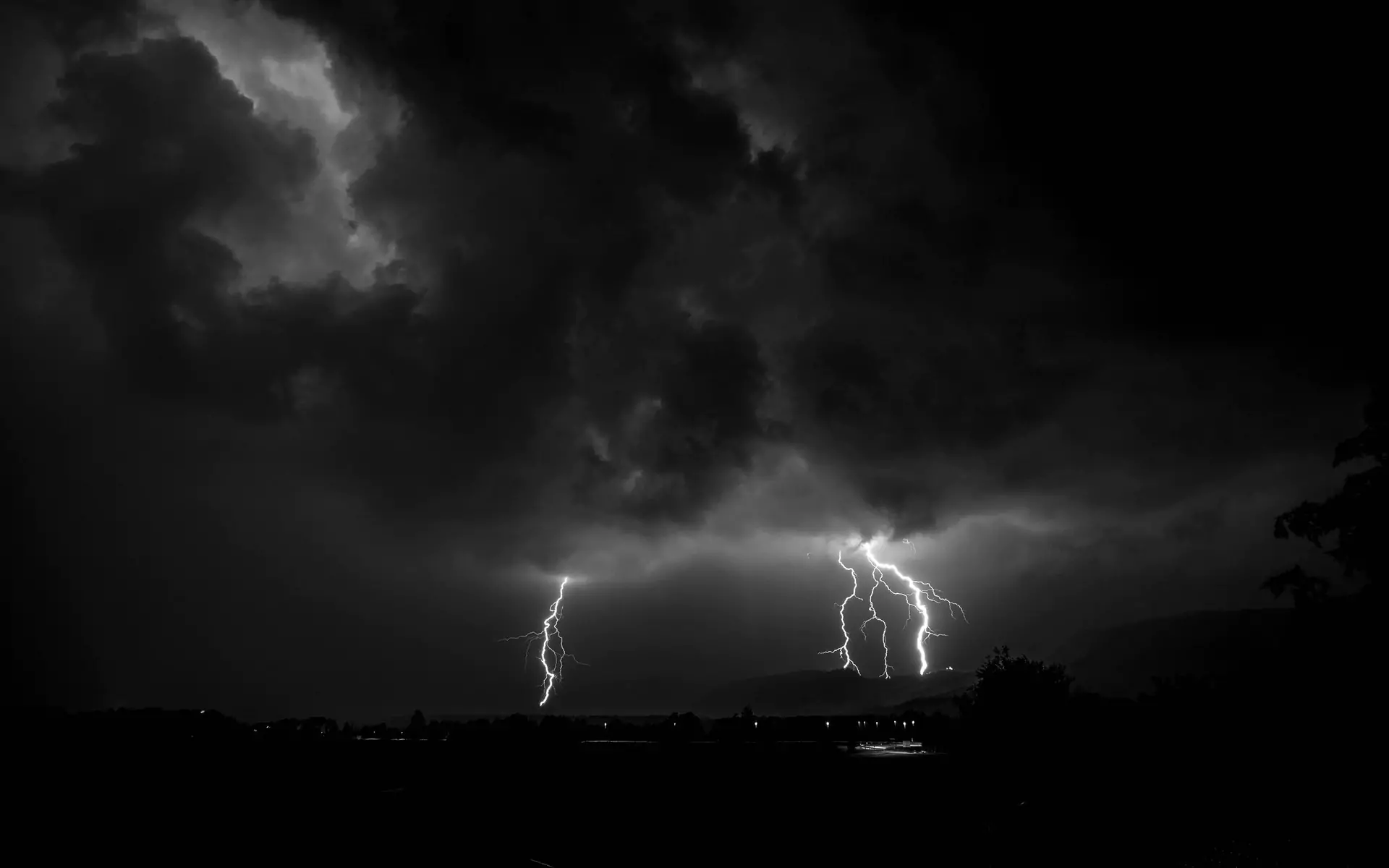The Earth's atmosphere is a complex system that seeks equilibrium. The Earth's orbit roughly the sun & the tilt of its axis means that the tropical latitudes build up a great deal of heat. Tropical storms are the way that this heat is dissipated to the middle latitudes.
The most powerful tropical storms are known as hurricanes. These storms are also known as typhoons west of the International Date Line and as tropical cyclones around the Indian Ocean and in Australia.
Tropical storms begin over the warm waters of the tropics, in a band called the intertropical convergence zone. Sea surface temperatures above 80 degrees Fahrenheit are optimal. Convection and evaporation form large cloud areas that evolve into clusters of thunderstorms. If these storms form around 10 degrees or more from the equator, the Coriolis effect will be strong enough to initiate rotation.
Forecasters view these rotating storm systems as the first sign of a developing hurricane. Fueled by warm water, instability, and latent heat, the storm may continue to intensify. For it to develop into a hurricane, there must be favorable upper level winds that take away the storm's rising air.
As the rotating storm system moves away from equator, spin increases and winds strengthen. The system will be classified as a tropical storm when winds reach 39 miles per hour, and as a hurricane when winds reach 74 miles per hour.
Overall, tropical storm activity is greatest in the late summer when water temperatures are warmest. The North Atlantic hurricane season lasts from June one to November 30, with a significant peak of activity in late August through September. About 80 tropical cyclones form worldwide each year.
